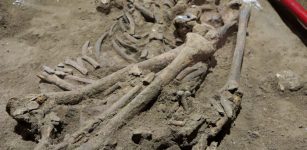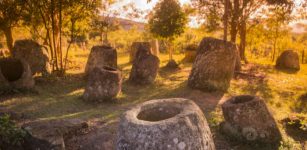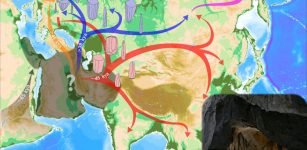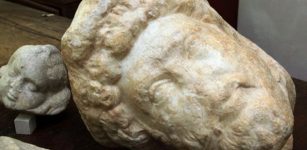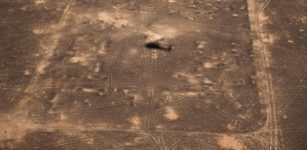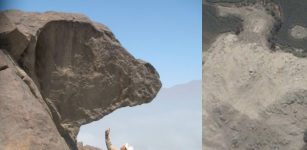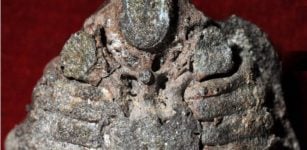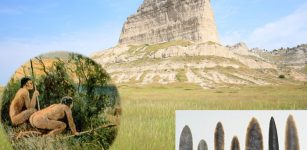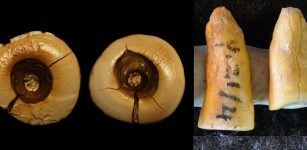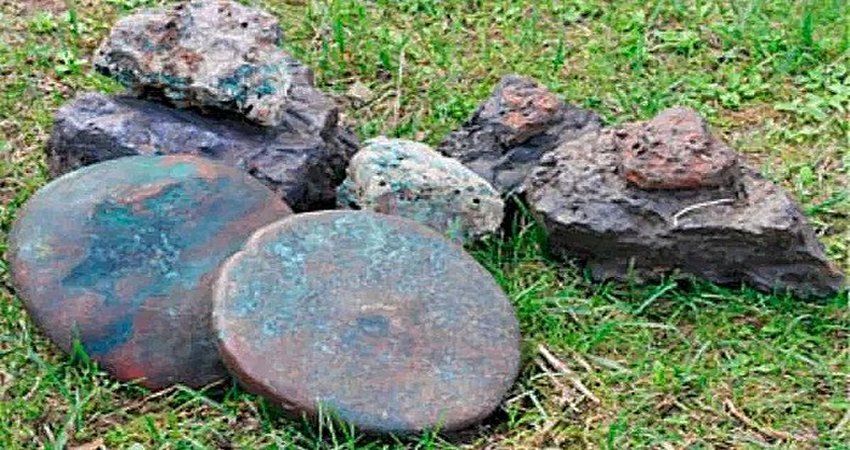Polish Archaeologists Reveal Secrets Of Christian Kingdom Of Makuria In Sudan
MessageToEagle.com – Ancient settlements, towns and cemeteries from the Middle Ages have been discovered by a team of Polish archeologists during research in the area of the Letti Basin, in northern Sudan.
Due to the Muslim occupation of Egypt (640 -42) remote kingdoms on the Middle Nile were cut off from the rest of the Christian world and among these kingdoms was also Makuria.
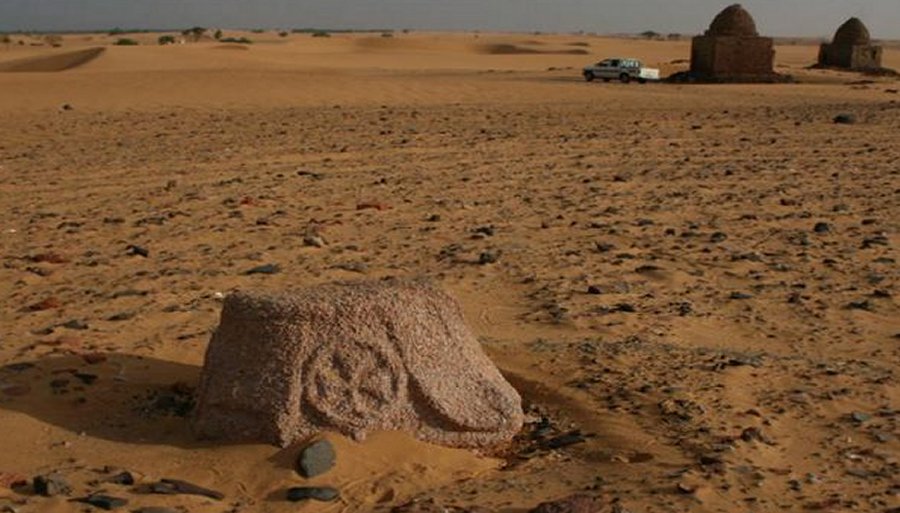
The relics of the Christian kingdom of Makuria, have been discovered by Poznań archaeologists in the area of the Letti Basin, about 350 km north of Khartoum, Sudan.
Makuria was a powerful kingdom, which existed from the sixth to the fourteenth century between II and V cataracts of the Nile. For several centuries its power reached even farther north almost to the modern Aswan. At that time, the Letti Basin was an economic and cultural base for the capital of Makuria – Dongola.
See also:
900-Year-Old Crypt, Magical Inscriptions And Mysterious Signs At Old Dongola, Sudan
While the northern part of the kingdom of Makuria is still considered as ‘terra incognita’, the southern part is fairly well known thanks to the excavations conducted by archaeologists from the University of Warsaw in Ghazali, Banganarti and Dongola – the latter was the capital of the kingdom,“ Dr. Dobiesława Bagińska from the Archaeological Museum in Poznań, initiator of the research project in the Letti Basin, said in a press release.
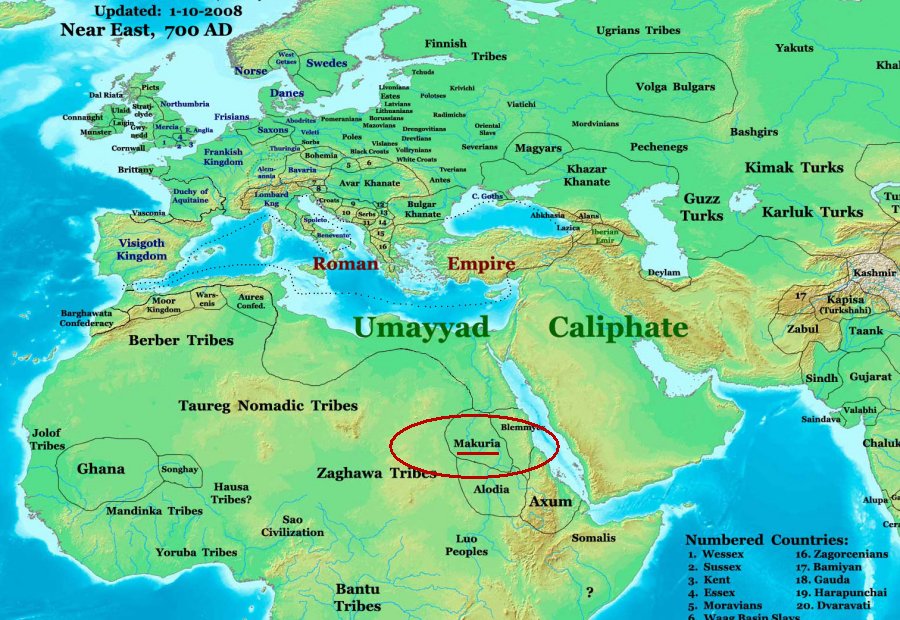
Archaeologists working in the area, have confirmed the presence of previously known sites and discovered a number of previously unknown relics of settlements and cemeteries, mainly from the period of the kingdom of Makuria.
Now, they will focus on Hag Magid, a six meter-high elevation with an area of over a hectare, on the surface of which, there have been unearthed medieval columns and thousands of fragments of pottery dated to the 7th and 8th century.
The researchers suspect that under the sand, there are well-preserved remains of a church, monastery and other structures from before one thousand years. Non-invasive, geophysical surveys may help to reveal what hides under the surface.
More than 1,000 years ago, the Letti Basin looked very different than today – now sandy desert dominates.
“During the heyday of the kingdom of Makuria, a canal ran near Hag Magid and watered the whole area. It is worth noting that vines were cultivated here on a large scale, and wine was produced, as we read in the reports of Arab travelers who ventured into this Christian kingdom”, Dr. Bagińska said.
MessageToEagle.com
Expand for references
